The Terracotta Army refers to the thousands of life-size clay models of soldiers, horses, and chariots which were deposited around the grand mausoleum of Shi Huangdi, first emperor of China and founder of the Qin dynasty, located near Lishan in Shaanxi Province, central China. The purpose of the army was likely to act as guardian figures for the tomb or to serve their ruler in the next life. The site was discovered in 1974 CE, and the realistic army figures provide a unique insight into ancient Chinese warfare from weapons to armour or chariot mechanics to command structures. Shi Huangdi was desperate for immortality, and in the end, his terracotta army of over 7000 warriors, 600 horses, and 100 chariots has given him just that, at least in name and deed. The site of the mausoleum is a UNESCO World Heritage Site even if the inner tomb itself has yet to be excavated.
China's First Emperor
Shi Huangdi (also known as Qin Shi Huang  ) was the king of the Qin state, who unified China from 221 BCE and then founded the Qin dynasty. He ruled as China's first emperor until his death in 210 BCE. His reign was short but packed full of incidents, most of them infamous enough to earn Shi Huangdi a lasting reputation as a megalomaniac despot. The period saw the building of the Great Wall of China, the infamous Burning of the Books, where thousands of literary and philosophical works were destroyed, and the construction of a sumptuous royal palace. The emperor seems to have been especially keen on acquiring immortality, a quest no doubt given further motivation by his survival of three assassination attempts. Scientists were given the task of discovering life-prolonging elixirs, and young emissaries were sent across the Eastern Sea in search of the fabled Penglai, land of the immortals
) was the king of the Qin state, who unified China from 221 BCE and then founded the Qin dynasty. He ruled as China's first emperor until his death in 210 BCE. His reign was short but packed full of incidents, most of them infamous enough to earn Shi Huangdi a lasting reputation as a megalomaniac despot. The period saw the building of the Great Wall of China, the infamous Burning of the Books, where thousands of literary and philosophical works were destroyed, and the construction of a sumptuous royal palace. The emperor seems to have been especially keen on acquiring immortality, a quest no doubt given further motivation by his survival of three assassination attempts. Scientists were given the task of discovering life-prolonging elixirs, and young emissaries were sent across the Eastern Sea in search of the fabled Penglai, land of the immortals
Failing in these endeavours to unnaturally prolong his life Shi Huangdi fell back on the age-old standby of autocratic rulers and had a huge mausoleum built instead. In fact, the whole massive project was begun in the early years of his reign as it required a prodigious amount of work to get it ready. An administrative district was established at the site with 30,000 families forcibly relocated there and given the task of building the biggest tomb ever seen in China's history or anyone else's. Eventually, no doubt as Huangdi realised time was running short, hundreds of thousands of forced labourers were sent to push the project to completion. One way or another, Shi Huangdi was going to be remembered long after his reign. The Terracotta Army seems to have achieved that goal.
Huangdi's Mausoleum
The mausoleum of Shi Huangdi, actually an entire multi-burial complex which covers an incredible 35 to 60 square kilometres, was discovered in 1974 CE buried at the foot of the artificial Mt. Li near Lishan (modern Lintong), 50 km east of the Qin capital Xianyang in Shaanxi Province, central China. The tomb itself remains unexcavated but its spectacular army of terracotta defenders has, in part, been revealed and already earned the site the title of “Greatest Tomb in the World”. The tumulus of the buried tomb takes the form of a three-stepped pyramid, measures an impressive 1,640 metres in circumference, 350 metres along each side, and rising to a height of 60 metres. The whole is surrounded by a double wall.
Legend has it that the tomb contains vast riches but includes fiendish traps to ensure Huangdi rests forever in peace.
The floor map with its geographical models and painted universe ceiling were symbolic of the emperor's status as Son of Heaven and God's ruler on earth. Qian also notes that members of Huangdi's harem were entombed with their dead emperor and many craftsmen and labourers, too, in order to keep the fabulous wealth of Huangdi's grave goods a secret for all time.
The Terracotta Warriors
To protect his tomb or perhaps even to ensure he had a handy bodyguard in the next life, Shi Huangdi went a whole lot better than his predecessors. Rulers in ancient China commonly had two or three statues to stand as guardians outside their tombs but Huangdi went for a whole army of them. The Terracotta Army is actually one of only four in all likelihood as that portion so far excavated - 1.5 km distant from the mausoleum - is on the eastern side and is probably duplicated on the other three sides of the tumulus. Even this one-quarter section has not been fully excavated with only three of its four pits having been fully explored by archaeologists.
The main pit of the four which contain the discovered army measures 230 x 62 metres and is 4 to 6 metres deep. It had around 6,000 slightly larger than life-size depictions of infantrymen (1.8-1.9 metres tall), chariots and horses. The pit, originally with wooden columns supporting a wood beam ceiling, is partitioned by 10 brick-lined corridors. The floor was made from compacted earth which was then paved with over 250,000 ceramic tiles. The second pit, which is slightly smaller and R-shaped, had some 1,400 figures in it. In keeping with an obvious attempt to recreate exactly a real army, pit 3, measuring 21 x 17 metres, contains commanders and resembles a command post in the field.
Besides infantry, the army includes 600 horses and almost 100 chariots which carry officers and riders and have either a two, three, or four-horse team. The soldiers were set in regular rows and are depicted in different postures - most are standing while some are crouching. Their mix and particular arrangement of officers (slightly taller than everyone else with their general being tallest of all), cavalry, crossbowmen, skirmishers, archers, charioteers, and grooms give the illusion of a complete battlefield army ready for action. There are light infantry units with archers positioned at the flanks and front, the heavy infantry behind them, while chariots bring up the rear with their officers, matching the troop deployments mentioned in ancient military treatises.
The scale of the enterprise must have required a huge quantity of firewood to fuel the pottery kilns that made the figures, not to mention the countless tons of clay from local deposits needed to make figures weighing up to 200 kilos each. Besides the breathtaking finished result, the undertaking was a triumph of organisation and planning.
Much effort was made to render each figure unique despite them all being made from a limited repertoire of assembled body parts made from moulds. These parts are 7.5 cm thick and consist of a head, torso, leg, another leg acting as a plinth, two arms and two hands. Faces and hair, in particular, were modified to give the illusion of a real army composed of unique individuals, even if in reality there are only eight types of torso and head. Hands, too, were modified with straight or bent fingers and changes in the angle of the thumb and wrist. The figures were not glazed but were lacquered to protect them and painted using bright colours - traces of red pigment remain on some figures. It is astonishing to reflect that all of this almost infinite variety and realism was never intended to be seen by anyone.
Each figure would have held a weapon of some sort, probably real ones such as swords, halberds, spears, bows and crossbows, but most of these have long since been stolen, valued as they would have been for their bronze. Those swords still in place had kept their sharp edges, and each was inscribed with their manufacturer and supervisor. The warriors have seven variations of Qin armour which is (in imitation) typically in the form of riveted or joined panels of leather or metal, a design and materials confirmed by rare archaeological finds elsewhere and in text descriptions and other art forms such as tomb-paintings elsewhere.
mega text taken from worldhistory.org
Megathreads and spaces to hang out:
reminders:
- 💚 You nerds can join specific comms to see posts about all sorts of topics
- 💙 Hexbear’s algorithm prioritizes comments over upbears
- 💜 Sorting by new you nerd
- 🌈 If you ever want to make your own megathread, you can reserve a spot here nerd
- 🐶 Join the unofficial Hexbear-adjacent Mastodon instance toots.matapacos.dog
Links To Resources (Aid and Theory):
Aid:
Theory:

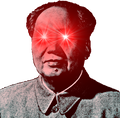
 ) was the king of the Qin state, who unified China from 221 BCE and then founded the Qin dynasty. He ruled as China's first emperor until his death in 210 BCE. His reign was short but packed full of incidents, most of them infamous enough to earn Shi Huangdi a lasting reputation as a megalomaniac despot. The period saw the building of the Great Wall of China, the infamous Burning of the Books, where thousands of literary and philosophical works were destroyed, and the construction of a sumptuous royal palace. The emperor seems to have been especially keen on acquiring immortality, a quest no doubt given further motivation by his survival of three assassination attempts. Scientists were given the task of discovering life-prolonging elixirs, and young emissaries were sent across the Eastern Sea in search of the fabled Penglai, land of the immortals
) was the king of the Qin state, who unified China from 221 BCE and then founded the Qin dynasty. He ruled as China's first emperor until his death in 210 BCE. His reign was short but packed full of incidents, most of them infamous enough to earn Shi Huangdi a lasting reputation as a megalomaniac despot. The period saw the building of the Great Wall of China, the infamous Burning of the Books, where thousands of literary and philosophical works were destroyed, and the construction of a sumptuous royal palace. The emperor seems to have been especially keen on acquiring immortality, a quest no doubt given further motivation by his survival of three assassination attempts. Scientists were given the task of discovering life-prolonging elixirs, and young emissaries were sent across the Eastern Sea in search of the fabled Penglai, land of the immortals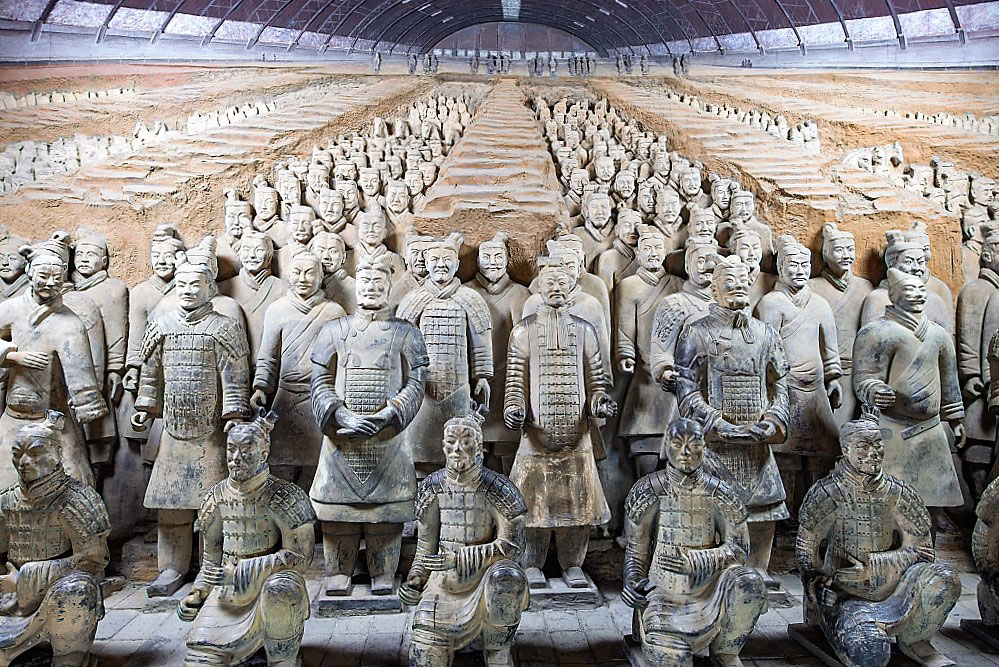
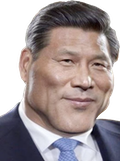
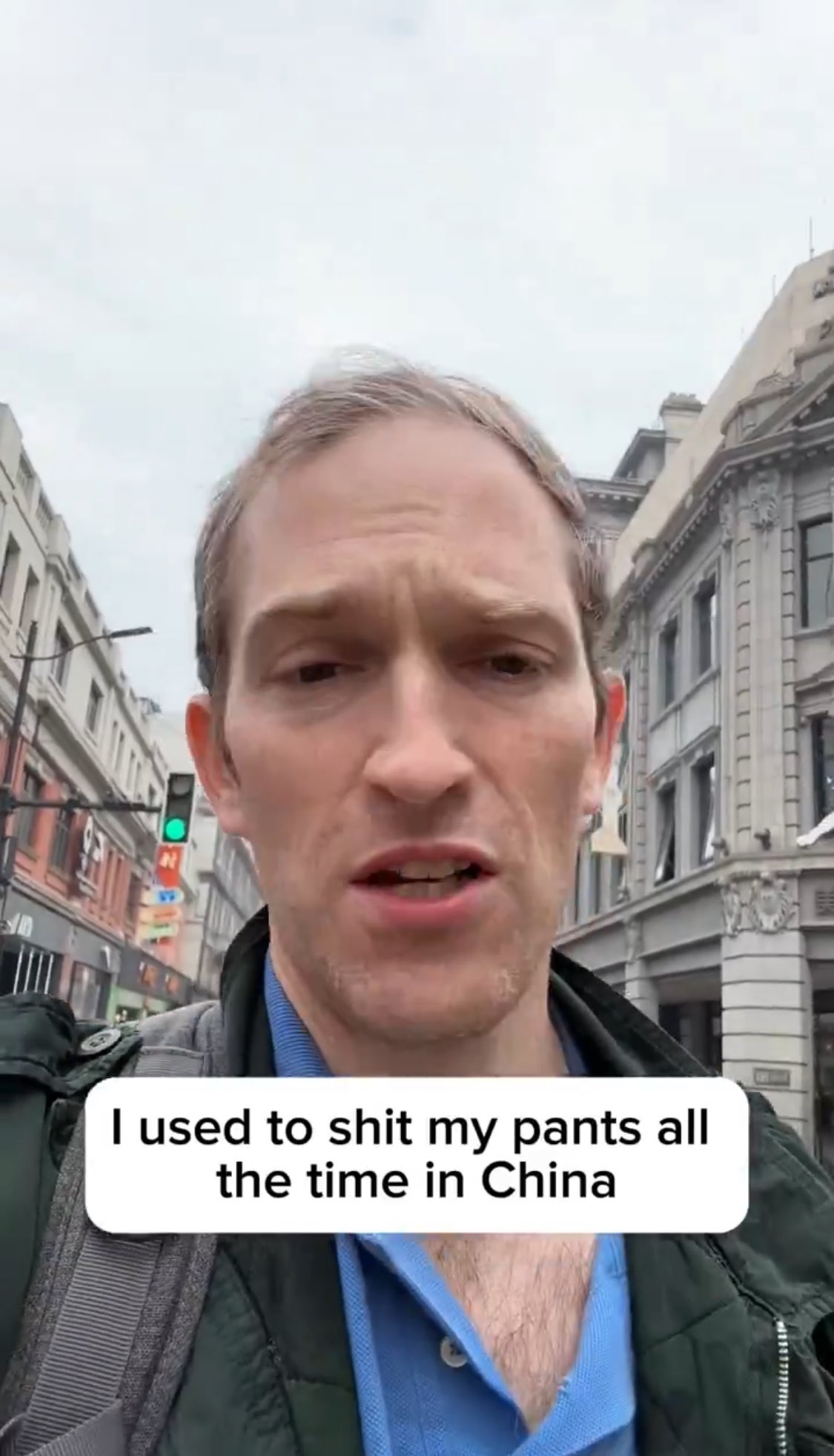
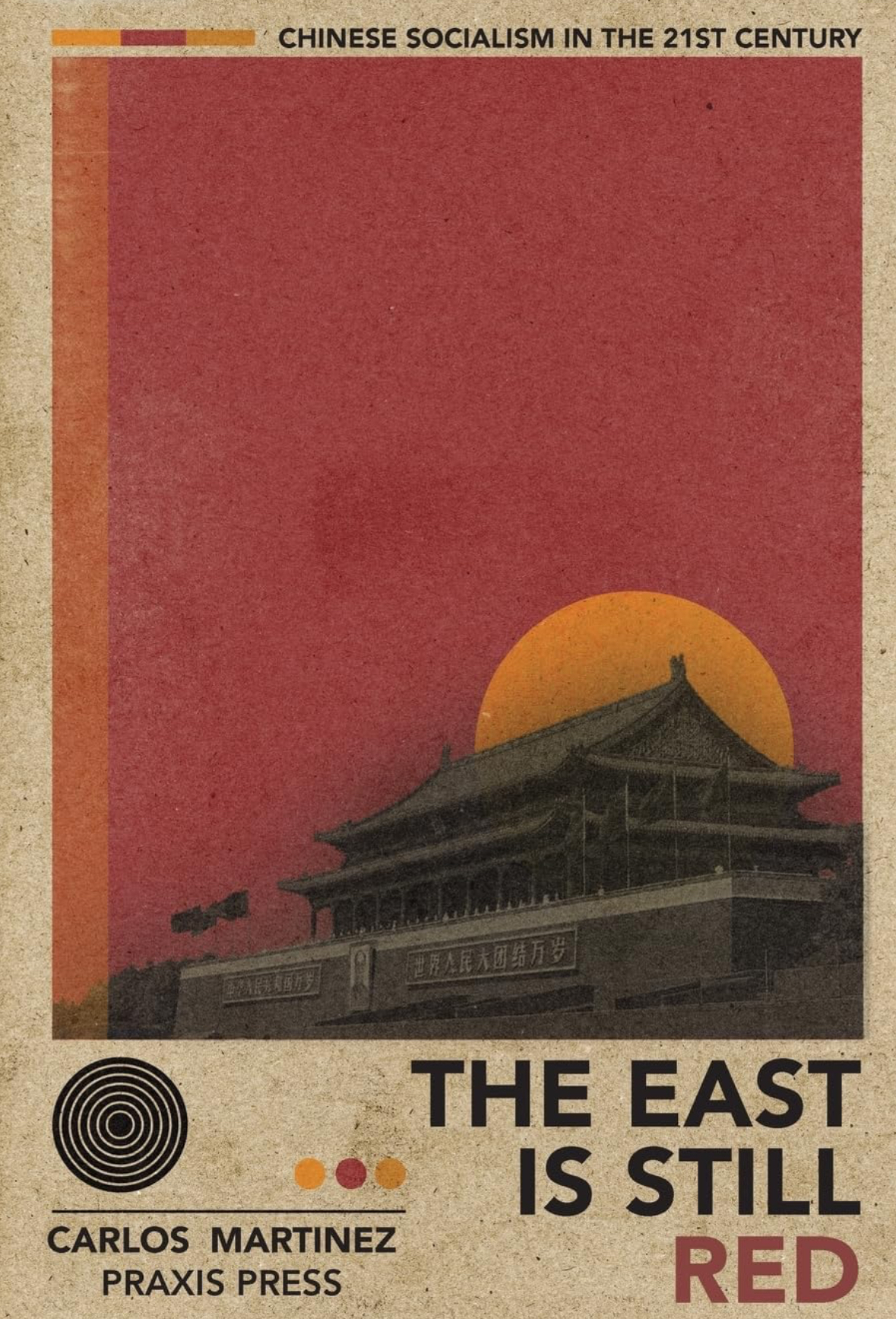
 . The video (just ten mins) made me tear up. She's a really good writer - her brilliance shines through, man. I wish she could be free to write. Seeing the poverty she has to live in is really depressing.
. The video (just ten mins) made me tear up. She's a really good writer - her brilliance shines through, man. I wish she could be free to write. Seeing the poverty she has to live in is really depressing.
